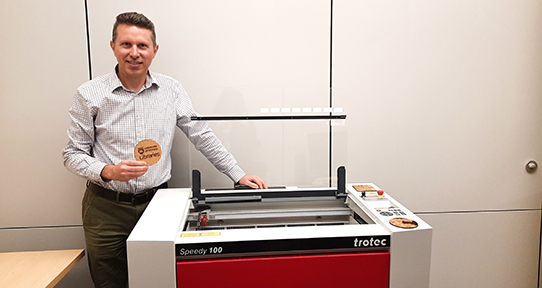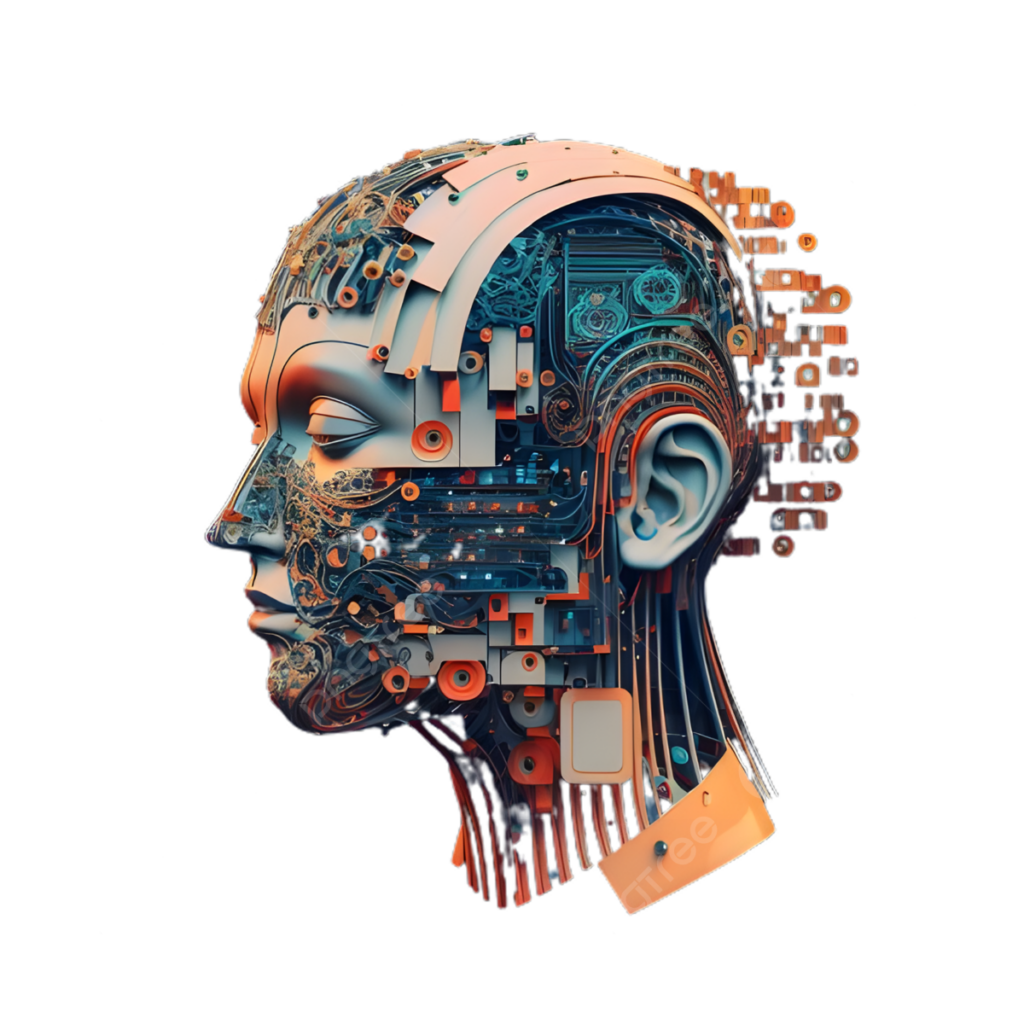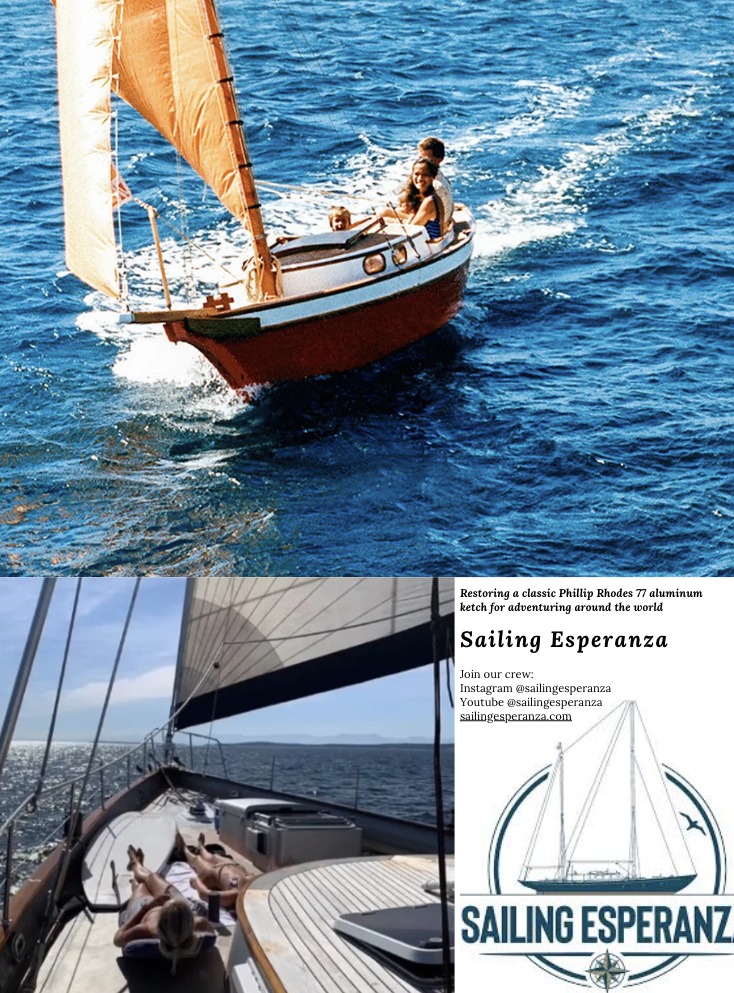Many of the groups that presented today utilized the podcast studios here at the University of Victoria, which was the first time I had heard of the podcast studio being available on campus. I wasn’t aware of this resource until I saw the groups use it. The Music & Media (M&M) Podcast Studio, located in the UVic Libraries, is equipped with high-quality recording equipment, making it an excellent space for recording, editing, and livestreaming audio.

Seeing my peers use the podcast studio made me realize the potential of podcasting as an educational tool. It’s not only a creative way to present content, but it also offers a more engaging, professional experience compared to traditional methods. This made me reflect on how technology like this can be used to enhance learning in a more interactive and innovative way. I also started thinking about how the availability of such resources can be a game-changer in education. They allow students to explore their creativity and develop new skills in media production, which are valuable in today’s world. In the future, I would definitely be interested in using the podcast studio for my own projects. Whether it’s for creating educational content or enhancing a presentation, I can see the value in having access to such high-quality equipment. It also made me realize that incorporating these tools into my own work can help me create more polished, professional content.








